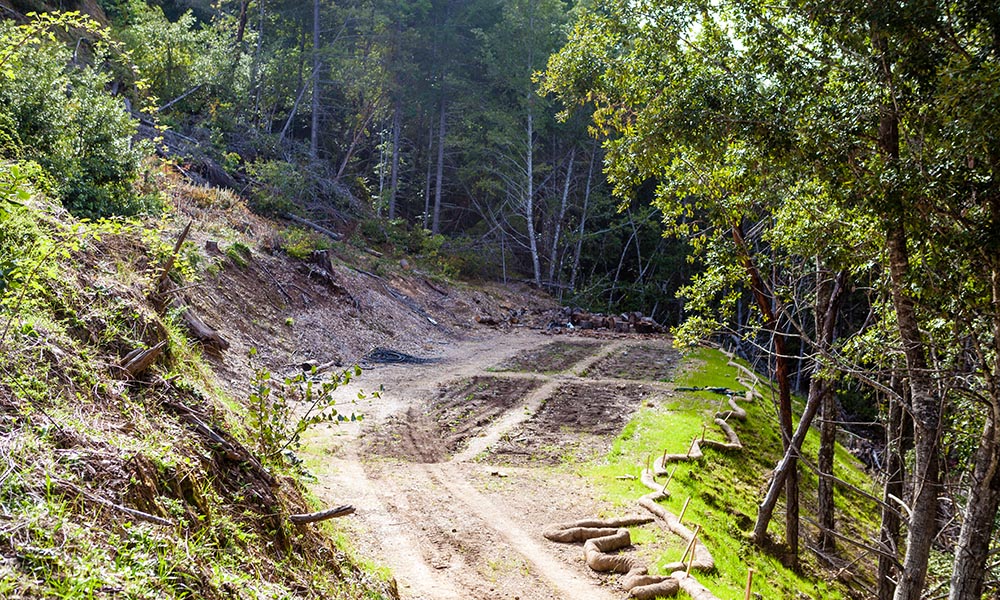
Joint Opinions
Who’s Still Standing in the Cannabis Industry?
A veteran cannabis grower reflects on the lessons of the past decade.
When I look back to the beginning of the 2010s, to where the emerging world of cannabis stood ten years ago, it’s clear that we lived and worked in a whole other scene back then. In 2010, California’s Proposition 19 (also known as the Regulate, Control & Tax Cannabis Act) was an initiative on the November ballot, but it was narrowly defeated. Even though Proposition 215 — permitting the use of medical cannabis — was passed years earlier in November 1996, the citizens of the state were still not yet ready to go all the way. It took several more years to further break down the stigmas around cannabis, and we still have a long way to go.
Here in Mendocino County, I began growing cannabis for medical uses in full sun as soon as I could, with my partner Swami Chaitanya. In those days, we’d gather several scripts from various patients and grow a few pounds for each of them. I must admit that often the patient was not the only one to consume our flower, but they always got their fair share in return for the script. We were very much in the grey area of legality. But considering we’d all been complete outlaws before, this was a huge step.
It was in 2014 when the first cannabis political organizations began to form in various California counties. Slowly, farmers were willing to come off their remote mountain ranches and began to speak up, knowing that if we did not help shape the future of legal cannabis in our state, there would be no future for us in it.
It was a bold step when we formed the Mendocino Cannabis Policy Council that year. Meetings were held at least once a month, often at the local grange or at AREA 101 in Laytonville (home of The Emerald Cup). None of us were very good at setting up official organizations, so plenty of time was spent figuring out simply how to write a mission statement and create by-laws. We spoke about marketing our county’s fine cannabis, talked about influencing our conservative Board of Supervisors and shared growing and sales techniques. Plus, there was always news and gossip about who got busted recently and the price of weed on the illicit market.
In retrospect, I realize that very few of those farms that were involved back then are still in the business. As the harsh reality of coming into compliance became more evident and people saw the full costs it would entail, many began to back off, either retreating to the “traditional market” as we call it now, or quitting altogether. Growing cannabis has always been a transitional business, but this was different. Many of the original growers, the real “OGs”, were packing up and leaving, while upstarts were entering the scene with glorious dreams of easy fortune.
We welcomed one and all, although at times we felt a twinge of jealousy over the farms that had enough financial backing to make a big impact. Once brands came into being, many of the big guys who drove the giant pick-ups and lived high on the hog pushed their way in, as if to prove they had it all wrapped up. Others showed up from all corners of the globe, ready to take on huge investments and be winners in the cannabis game. Enormous numbers were tossed around with ease, and many thought they’d strike it rich in the Green Rush.
Taking the long view at the close of this tumultuous decade, the picture is coming into focus. Several of those big players, who took in massive investments based on convertible notes, are facing insurmountable debts they cannot repay. They may have built recognized brands, but without enough licensed stores to sell their products and exorbitant taxes that keep many consumers going to their dealer down the street, they are at a loss. Suddenly the pipe dreams of fame and fortune are literally going up in smoke.
So who remains in the game at this point? It is at the big cannabis events where the shift becomes most evident. Sadly, we see very few actual farmers anymore at industry events like the Hall of Flowers or cannabis festivals like the Emerald Cup, and forget about finding a farmer at MJBiz. Mostly the companies present are large corporations who can afford to spend $100,000 for a slick booth and the staff to work it. No longer does a customer get to meet the farmer in person, smoke a joint and hear stories about growing weed. Now it is all about the sales pitch and the glitzy packaging, not much different than if they were selling cosmetics or packaged foods. The personal touch is gone and has been replaced by classic consumerism.
I am happy to report that there remain a few small cannabis brands, such as Om Edibles and our Swami Select, who have survived because we have stuck to old-fashioned farming and production methods and, just as we grow our crop with organic methods, we do the same with our businesses. We continue to live simple lives, truly caring about the quality of our product and getting it into the hands of those who will truly appreciate and benefit from it. We may not be able to afford a fancy booth at an event, but we are there in person to share our authentic stories of the past and our dreams for the future.
We will continue to advocate to change unworkable policies, so that the day of full legalization will come and its benefits will be widely shared. The 2010s was a decade of making a new mold, and for some, breaking the old one. For the brands that carry on with integrity and faith, there remains hope. Not to say that only the small companies are good — there certainly are some large brands which are doing it right. But time is bound to sort out the greedy ones who only saw the money from those of us who truly have a passion for the plant and its magical products.
As we head into this new decade, we pray for peace and understanding to blossom, so that our planet may survive. We have learned a huge lesson over the past 10 years and feel ready to enter 2020 with great hope for advancement on many levels. It won’t be easy, but it’s bound to be interesting and a challenge well worth the effort if it brings pure cannabis to those who need it. That is our mission after all.
TELL US, do you feel pushed out of the cannabis industry?

























